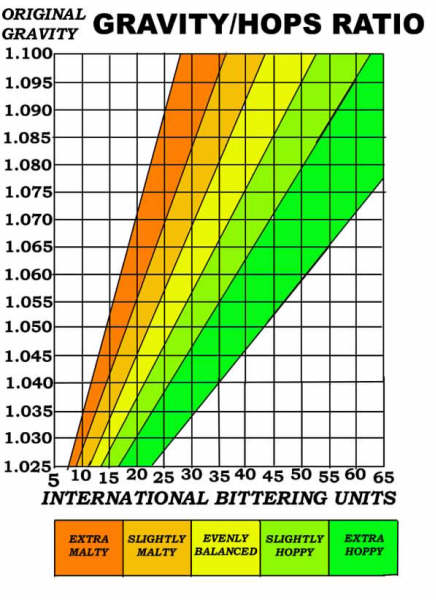Inodoro_Pereyra
Well-Known Member
Ok, so I've been reading about the meaning of IBU/GU, to a point that I thought I knew what it meant. Then I went to play a little with brewtarget, and now I'm not so sure.
What I read about it is that IBU/GU means International Bitterness Units/Gravity Units, so I thought it was as simple as a relation between bitterness and ABV. But when I went to BT, I have no way to make sense of it.
For example, I've been playing with a hefeweizen recipe. The OG is stated as 1.054, FG, 1.014, ABV, 5.3%, and IBU, 14.9. The IBU/GU is 0.28.
So, I have 2 questions about it:
1. How do you calculate that? No matter what numbers I use, I can't get that result.
2. How does that number relate to taste, or does it? Does that number help in any way to predict your outcome?
Thanks in advance.
What I read about it is that IBU/GU means International Bitterness Units/Gravity Units, so I thought it was as simple as a relation between bitterness and ABV. But when I went to BT, I have no way to make sense of it.
For example, I've been playing with a hefeweizen recipe. The OG is stated as 1.054, FG, 1.014, ABV, 5.3%, and IBU, 14.9. The IBU/GU is 0.28.
So, I have 2 questions about it:
1. How do you calculate that? No matter what numbers I use, I can't get that result.
2. How does that number relate to taste, or does it? Does that number help in any way to predict your outcome?
Thanks in advance.





